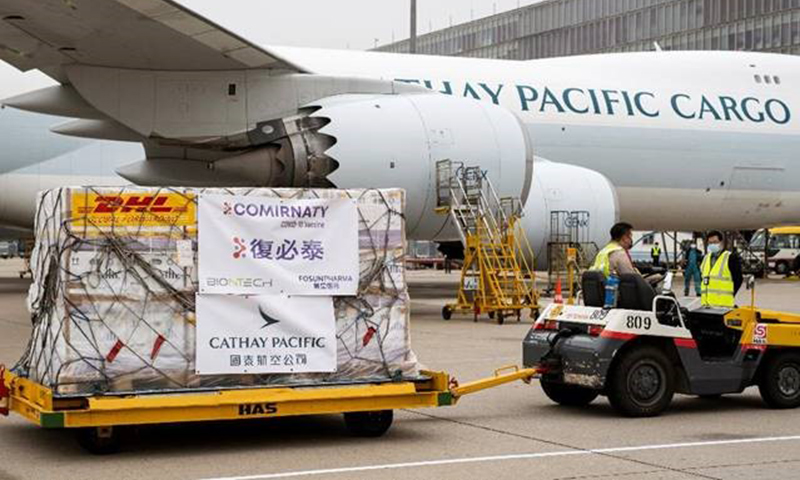国泰航空在旺季前加强货运网络

今年8月,国泰航空(Cathay Pacific)将货运网络扩大到旺季水平,此前宣布的两架更大型的飞机也加入了它的机队。
在其最新的月度交通更新香港Kong-hubbed航空公司表示,之前,预计这将是一个繁忙的旺季8月能够漂浮的后面,它加大了货船时间表和引入两个额外B777 preighter飞机,带乘客飞机座椅6删除。
客户和商业总监罗纳德·林说:“在八月通常是个安静的月货物由于暑假期间在北半球,今年并非如此,需求继续强劲都从我们的国内市场,香港,和从我们的网络。
“临近月底的时候,我们的货机时刻表上升到了旺季水平,跨太平洋航班显著增加到每周39次。另外两架波音777“压载机”也已投入使用,使我们的飞机总数达到6架,为我们提供了额外的载货能力。
8月,该航空公司的总货运能力环比增长约9%,达到2019年8月大流行前水平的约66%。
该航空公司上个月运送了124278吨货物和邮件,比2020年8月增加了21.7%,但与2019年同期相比下降了23%。
展望未来,Lam表示:“就货运而言,市场指标显示,在持续的空运能力限制和港口拥堵导致供应链中断的背景下,库存补充需求推动了一个强劲的旺季。”
“我们正在为此制定计划,同时对可能影响行动的Covid-19形势变化保持警惕。”
与此同时,该航空公司今天还宣布,其目标是到2030年使用可持续航空燃料(SAF),占总燃料消耗的10%,这是到2050年实现净零碳排放的努力的一部分。
